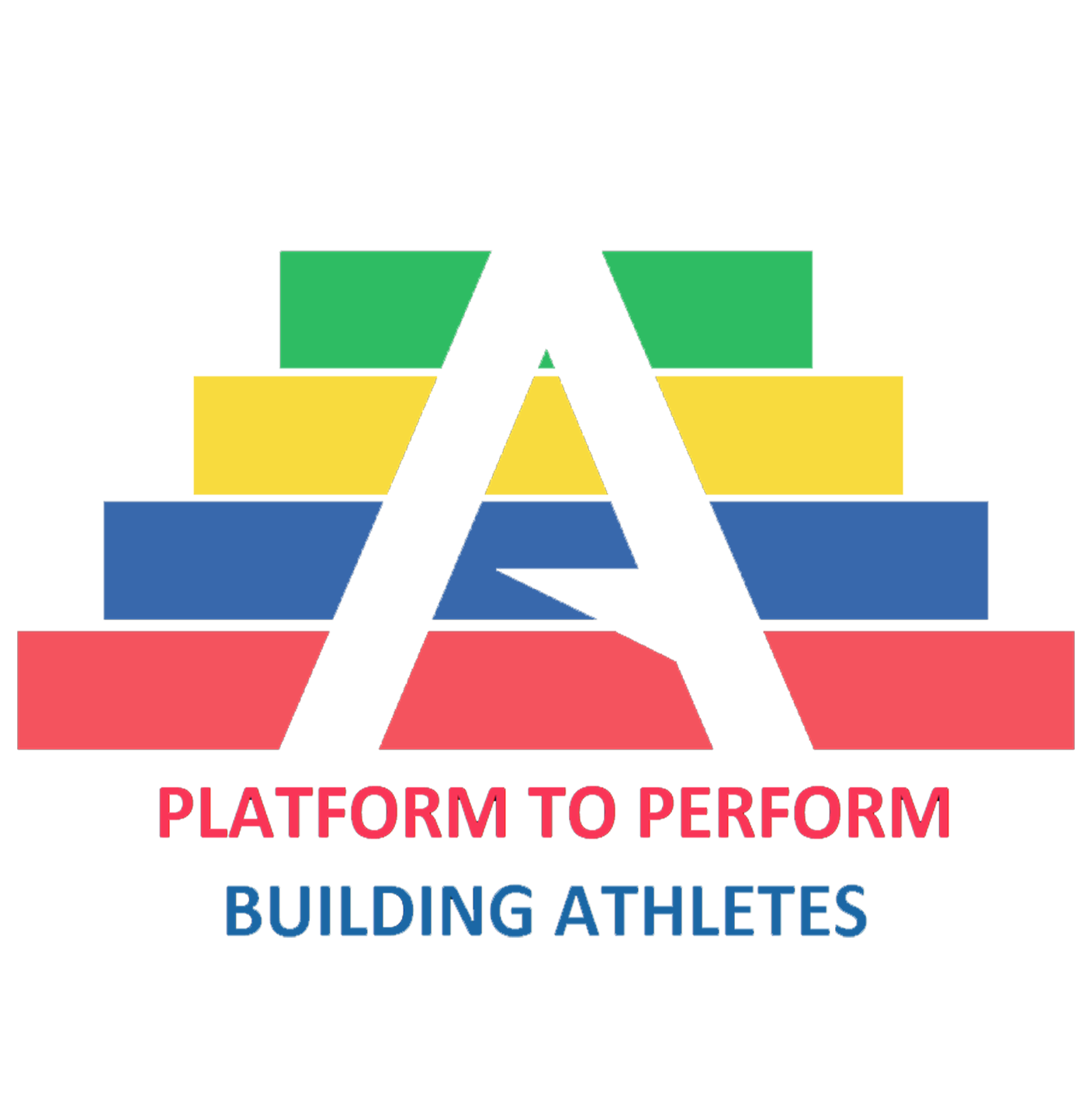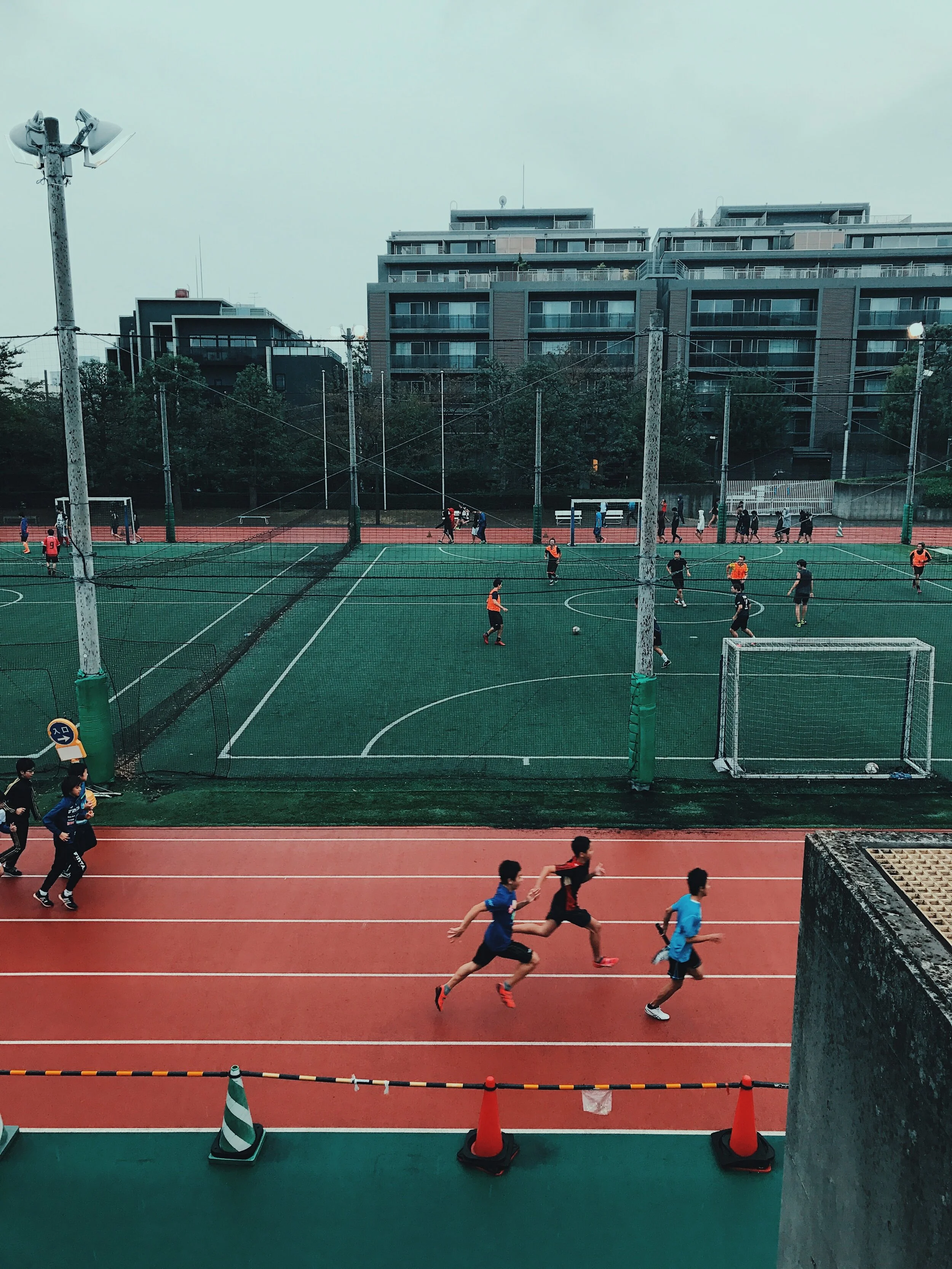If a child left an athletic development program after a limited time, for arguments sake let's say only one year, what is the one thing you would like them to demonstrate?
Perhaps I have gone soft to say that mine would be for a child to say please, thank you and be kind and considerate to others?













